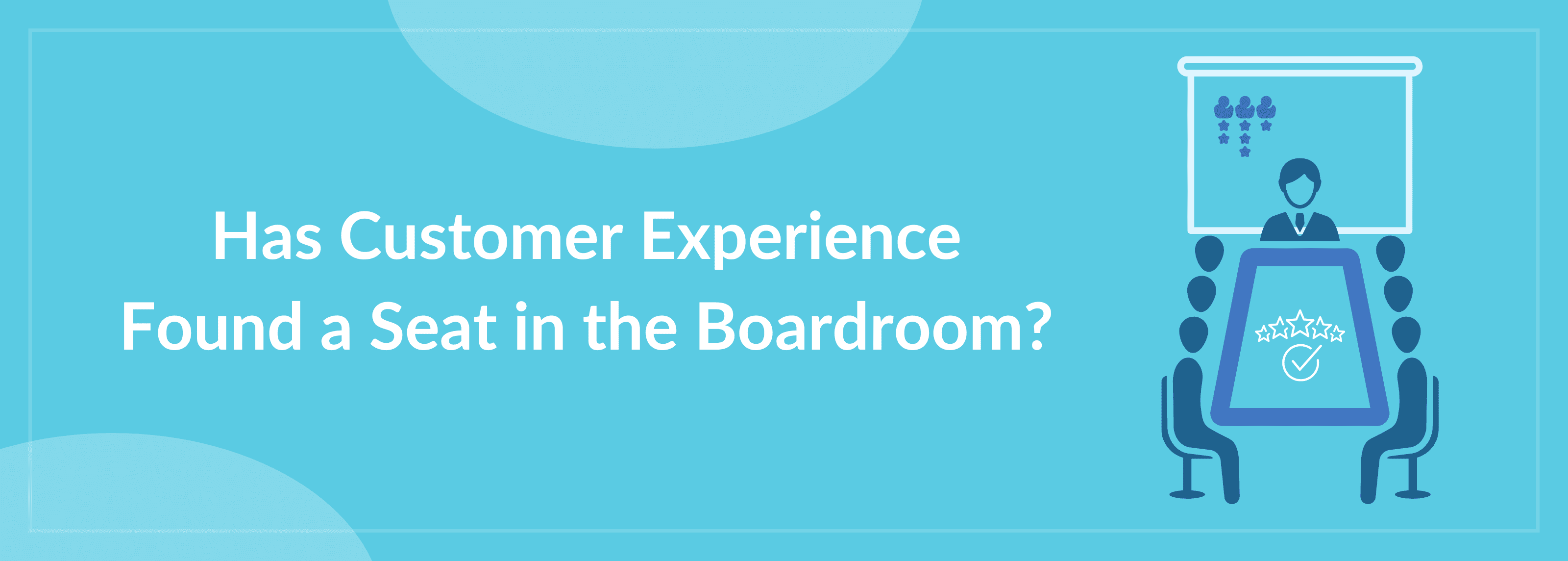Has Customer Experience (CX) Found a Seat in the Boardroom?
Zappos is known for its celebrated customer service methodology. They are in the business of providing customer experience, which also happens to be selling shoes.
To understand Zappos’ customer experience methodology, the chalkboard on Zappos’ onsite contact center wall is the best place to start.
The daily breakdown report on the chalkboard is a lot simpler.
It lists three categories of customer interaction, each sporting a Zappos’ Z’ for good measure.
- Phonez
- Live chatz
- Emailz
For each channel, someone has written the number of customer inquiries received for the day and the average it took for Zappos to respond.
The volume of these customer inputs is heavily skewed towards telephone:
- 7394 calls were answered in 25 seconds on average
- 1656 chatz answered in 31 seconds each
- 988 emailz were answered on average in 4 hours and 15 minutes.
The chalkboard has a second sector of hand-drawn stats that you’ll never see compiled at any other contact center, these telling how many flowers, cookies, postcards, and unnamed “wow gifts” have been sent to customers in the previous month and previous year.
Ryo told the story behind one of the 2016 “flower stats” on this board:
Last year, when I was working the phones, a woman called, trying to return some boots. The sad story was that she had bought them for her father, who had since died. I told her not to bother returning them; we would refund her money, but she was free to give the boots away instead of returning them. And after the call, I felt moved to send her some flowers – just one of the 380 gifts of flowers you can see on the board that we sent out last year. Sometime after that, she sent me a letter and a photo of her father.
It was quite a story.
But Ryo didn’t want me to take the wrong lesson from it. “The flowers aren’t what mattered here most. The phone is. It lets us have these in-depth, textured conversations with our customers. It’s the key to how we build customers for life.”
Zappos puts the telephone calls as its differentiator. Why do they get so many telephone calls?
It is because they put up their phone numbers everywhere for people to reach them, unlike other organizations.
Zappos CEO regularly sits in the contact center attending customer service calls. That is why they are regarded as one of the best customer service organizations.
At Zappos, the customer experience was initially driven top-down, and now it has become the DNA and part of the organization’s culture.
CX and the Top Management
CX has long been seen as the primary duty of customer service personnel and, more recently, technology staff charged with designing well-functioning digital and virtual interfaces.
However, C-level executives and decision-makers who haven’t paid any attention to CX efforts are missing from the action.
Many leaders have never experienced how good or bad their company’s customer experience is, and they assume it is always good.
This won’t cut it anymore.
What Do You Need to Look At?
How do your customers feel about their time spent with your organization – was it surprise, joy, fun, disappointment, or frustration? Or does it leave them feeling dirty dealing with your organization?
Delivery of the best possible CX has become a strategic concern for businesses. The growth and revenue will rise and fall based on customer perception.
So, how do you bring about this change at an organizational level?
Here is a quick list that you can follow:
- Training across all employee and management ranks to support and deliver exceptional CX, with tools and access to customer knowledge as needed
- A culture that rewards empathy and an unwavering commitment to excellence
- High-quality digital customer experiences – proactive digital conversations, online and mobile self-service, and chatbot interactions
- Omnichannel infrastructure to understand the intent of customer interaction fully at the first initial contact
- Analytics to turn data into insights – to enable predictive and proactive support, as well as enabling shared insights and data across employee teams
- AI applications that enhance CX – from interactive chatbots to systems that make autonomous decisions, within bounds, pertaining to customer accounts
This would allow you to focus on the customer, which would, in turn, manifest into a culture of CX from top to bottom.
Today customers are more geared toward experiences as opposed to products and pricing. So, offering exceptional customer experience is not a choice for organizations anymore.
From top to bottom, everyone in the organization will have to become customer-centric and act on them proactively.
Going by the trend, every organization is prioritizing CX, and its voice is heard across boardrooms worldwide.
